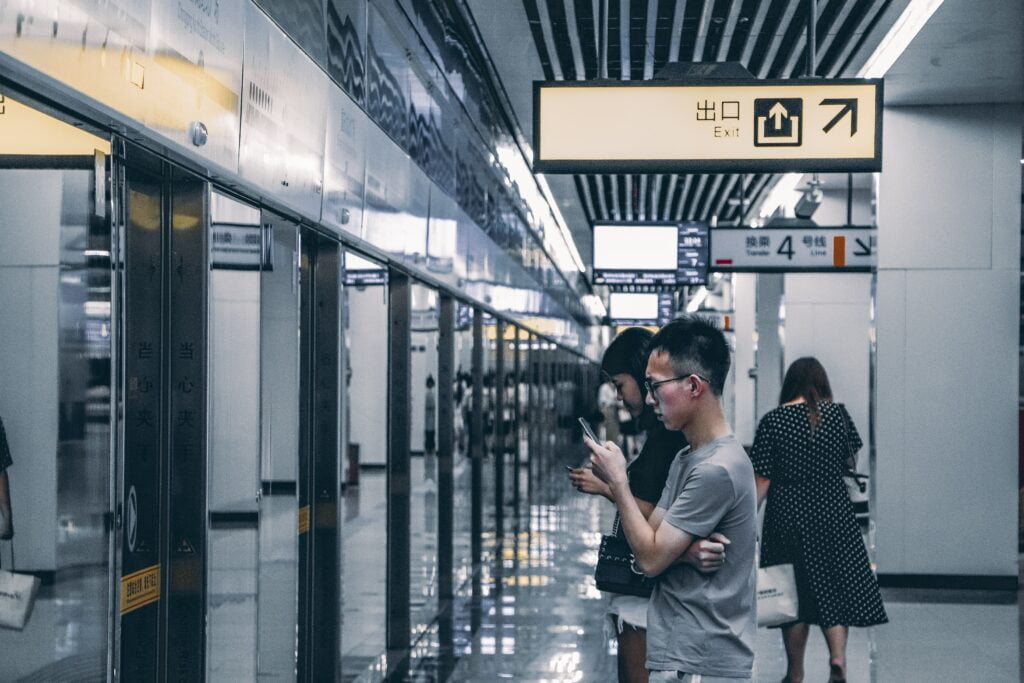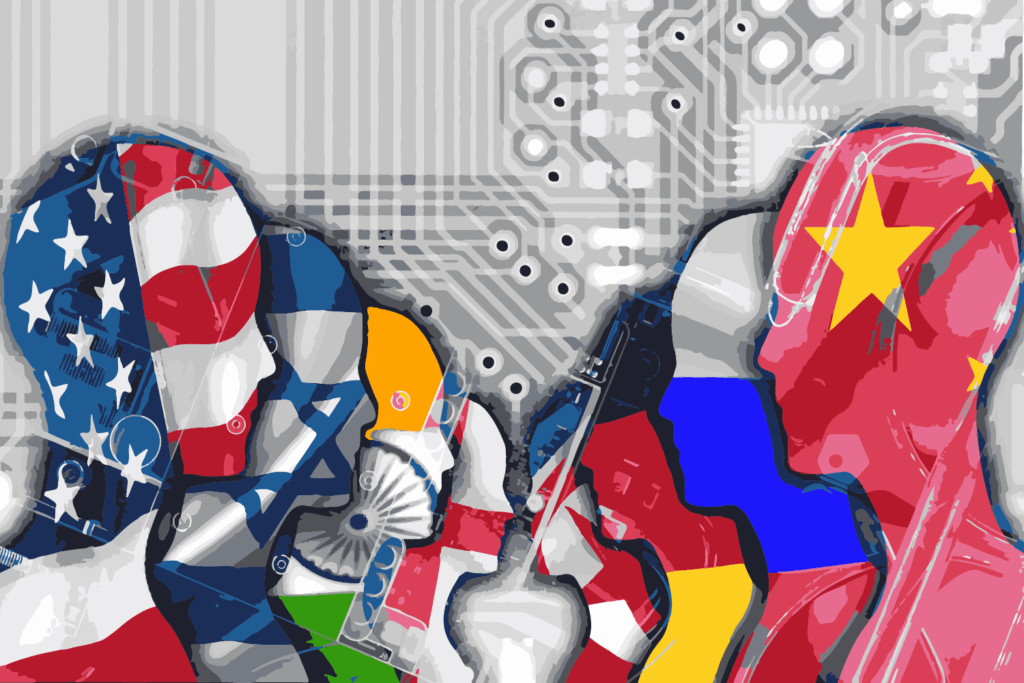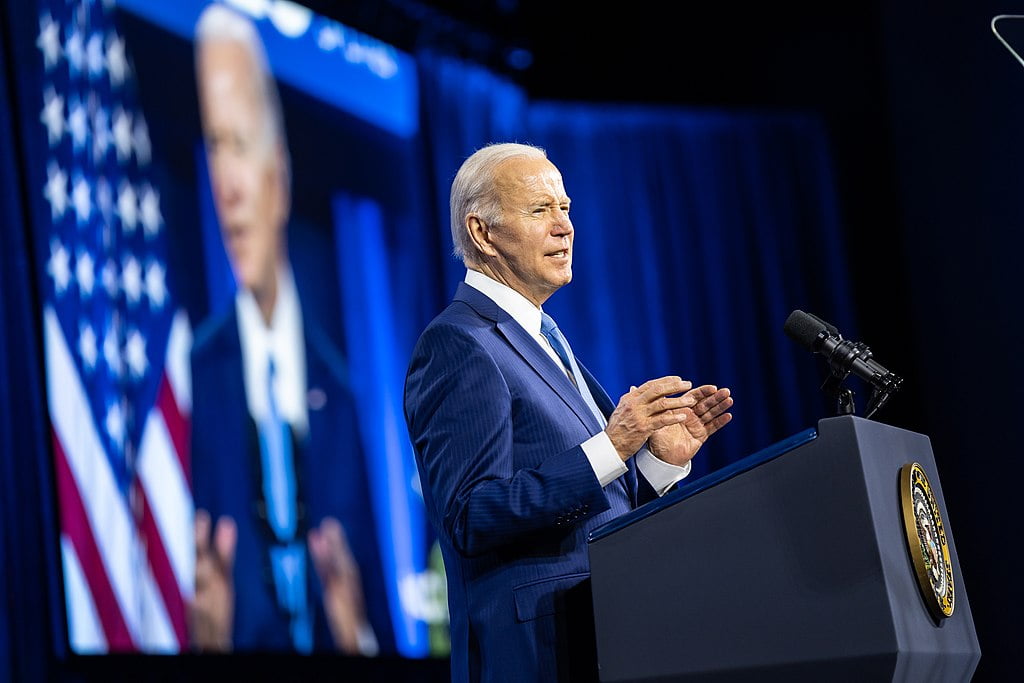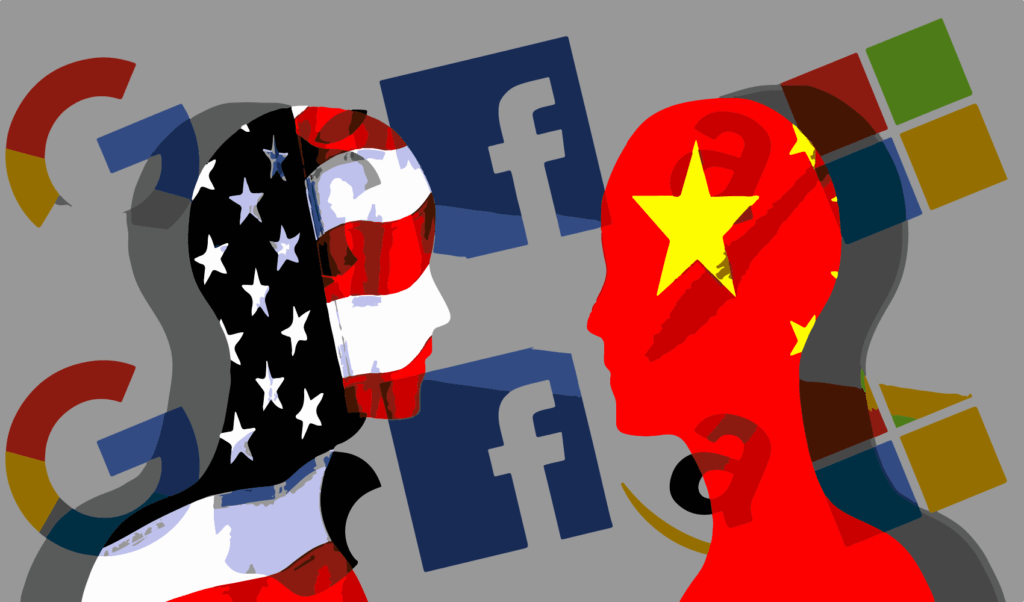Big Tech companies and the Chinese and US governments are embroiled in a complex relationship of harmony and conflict. We are all at the mercy of the outcome.
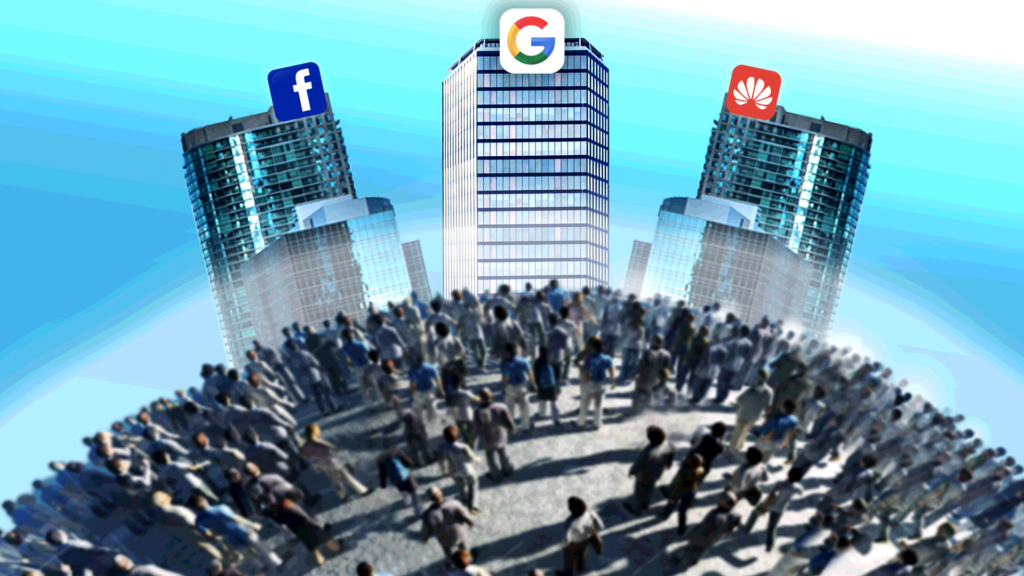 Tech giants are bishops in their states’ strategic and long-term chess game: Michael Joiner, 360info
Tech giants are bishops in their states’ strategic and long-term chess game: Michael Joiner, 360info
Big Tech companies and the Chinese and US governments are embroiled in a complex relationship of harmony and conflict. We are all at the mercy of the outcome.
“Simply put, they have too much power,” US Congressman David Cicilline said of American Big Tech in a 2020 congressional hearing. That same year the Chinese government announced new regulations forcing Chinese company Alibaba to cancel its affiliate Ant Group’s listing on the stock market. China later ordered Ant Group’s financial activities to be terminated, leaving only its e-payments business intact.
These tussles between states and corporations represent a complex interplay between the world’s most powerful actors. Tech giants help define their home countries’ mix of nationalism and globalism. They are bishops in their states’ strategic and long-term chess game for world power. However, tech giants also challenge their states’ power and contribute to polarisation in their home countries.
The battle rages not only between corporations and their home states. The US denied some Chinese enterprises access to the US market – a well-known example is its ban of Huawei, to block its development of 5G technology. Meanwhile, the US put pressure on other countries to follow suit and exclude Chinese businesses from their markets.
Google, proving its support of the US and mindful of the threat Chinese technology posed to its own business, restricted Huawei’s access to essential smartphone apps, forcing Huawei to use or develop new ones. Beyond that, the US attempted to prevent international scientific collaboration with scholars based in China.
The US presents these measures as responses to China competing unfairly. Accusations of Chinese disrespect for intellectual property, state subsidies and protectionism reinforce a generalised criticism of China’s political system.
China’s Great Firewall, which limits foreigners’ digital operations, is seen as especially provoking given the importance of data harvesting in the AI race. Certainly, the Firewall has been instrumental in Alibaba and Tencent catching up in that race.
China has also developed advanced telecommunications infrastructure, encouraged its tech companies to drive AI adoption and innovation, and fostered collaboration between industry and public universities. As China catches up in AI, Chinese tech giants are emerging. This has rung alarm bells for both US tech giants and the US government.
An ad hoc group dubbed the National Security Commission on Artificial Intelligence (NSCAI) is chaired by Eric Schmidt, Google’s former chairman, and includes senior managers from Google, Microsoft and Amazon.
In 2021, the group released a report commissioned by the US government that made a strong case for techno-nationalism. The NSCAI wrote: “[f]or the first time since World War II, America’s technological predominance – the backbone of its economic and military power – is under threat. China possesses the might, talent, and ambition to surpass the United States as the world’s leader in AI in the next decade if current trends do not change”.
The report said that most AI research and development, while financed by the state, should be done by firms and universities. It also called for more stringent intellectual property rights for AI, data and biotechnology, arguing that insufficient protection has led inventors to prefer trade secrecy. This approach would benefit the tech giants: while the US government makes colossal R&D investments, Big Tech would keep and strengthen the gains.
“The American Jobs Plan”, launched by US president Joe Biden in 2021, is fully in line with this diagnosis of US weakness. To defeat what is perceived as the Chinese threat, it includes US$180 billion for R&D in AI and biotechnology. Likewise, the NSCAI report suggests: “[t]he United States should commit to a strategy to stay at least two generations ahead of China in state-of-the-art microelectronics and commit the funding and incentives to maintain multiple sources of cutting-edge microelectronics fabrication in the United States”. Biden’s plan has a US$300 billion subsidy devoted to manufacturing, including help for chipmakers producing in the US.
The interdependency between the US and Chinese states and digital corporations is apparent in the case of surveillance. Relaxed US data governance has enabled tech giants to harvest data without restriction. In return, Google, Apple and Facebook feed US institutions such as the US National Security Agency with data. Chinese giants do the same with their government. Tech giants also absorb financial wealth and technological capabilities from the rest of the world that is partly channelled to their home countries.
However, tech giants’ techno-globalism sometimes collides with the techno-nationalist aims of their home states. Research shows that these companies establish collaborations with academic institutions and enterprises around the world. For instance, Chinese universities are among Microsoft’s and Amazon’s most frequent collaborators in AI science, and Tencent and Alibaba conduct much of their AI research in US hotspots such as Silicon Valley and Seattle.
More generally, the tech giants’ size and mode of operation threaten the sovereignty of the state even in superpowers such as the US and China. The fact that Facebook could block US president Donald Trump from its platform, which has almost monopoly status, exemplifies this problem. Alibaba and Tencent taking over part of state-owned commercial banks in China is another example.
While the US and Chinese states increasingly move towards new and more extreme forms of techno-nationalism, tech giants continue to operate globally and collaborate with organisations from the competing country. But this plays into the nations’ respective global ambitions. Tech giants remain either Chinese or US citizens.
Big Tech’s global outreach reinforces US world dominance and supports China’s ambition to challenge it. When it comes to policy recommendations, tech giants become ‘techno-nationalist’. They depend on the state’s backing and their autonomy is under constant negotiation.
Global development and use of AI need to be understood in the light of that interplay – one of both harmony and conflict between tech giants, and the US and Chinese states. These leading digital players constitute and shape each other and affect the rest of the world.
Tech giants privatise, monopolise, and turn important elements of technology into private assets while their respective states build new barriers to the international flow of knowledge. This undermines the global knowledge commons and open science. It curtails innovation possibilities for other organisations and for the rest of the world. A consequence is growing income inequality and a growing global divide between AI producers and users.
In light of urgent global challenges, there is a need for new forms of global governance and knowledge-sharing beyond market regulations.
Cecilia Rikap is lecturer in International Political Economy at City, University of London, CONICET researcher and associate researcher at COSTECH, Université de Technologie de Compiègne. Her research deals with the global political economy of science, technology and innovation, focusing on power relations within innovation and production processes, looking at the asymmetries between actors, regions and agendas.
Bengt-Åke Lundvall is professor emeritus in economics at the Department of Business Studies at Aalborg University and Professor emeritus at the Department of Economic History at Lund University. His research is organised around a broad set of issues related to innovation systems and learning economies.
The authors declare no conflict of interest.
Originally published under Creative Commons by 360info™.


